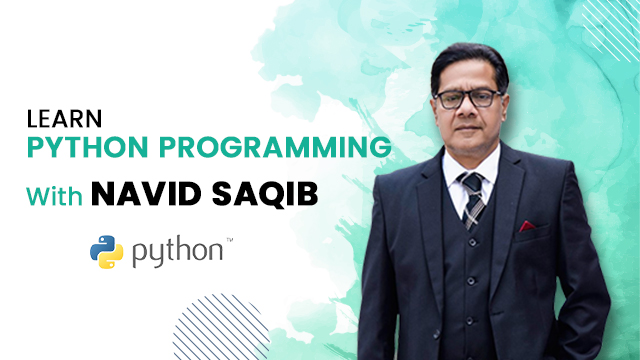Currently Empty: $0.00
Introduction To Syllabus
0/3
Relation of Real Life and Programming
0/7
Stages of Programming
0/14
Dealing with Constructs
0/24
Question Set 3
0/3
Concept of Validations
0/6
Question Set 4
0/2
Reading:
In the process stage of programming, a significant portion, approximately 98%, is completed by leveraging various operators and constructs to manipulate data and control the flow of the program. Arithmetic operators such as addition, subtraction, multiplication, and division are used extensively for numerical calculations.
For example, calculating the total cost of items in a shopping cart or determining the average score of students in a class. Relational operators like greater than (>), less than (<), equal to (==), etc., are employed to compare values and make decisions based on those comparisons.
For instance, checking if a user’s age is greater than a certain threshold to grant access to a restricted area of a website. Logical operators such as AND, OR, and NOT are utilized to combine multiple conditions and perform logical operations. For example, verifying if a student has passed both the theory and practical exams to qualify for a certification. Additionally, programming constructs like loops (e.g., for, while) and conditional statements (e.g., if, else) play a crucial role in controlling the flow of execution based on specific conditions or iterating over data sets.
Overall, through the strategic application of these operators and constructs, programmers can efficiently process data and implement complex functionalities in their programs.

